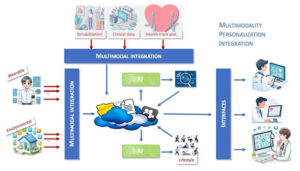ANTHEM
Pilot 2.1
The main goal of the Pilot 2.1 is to implement sensorized environments that integrate novel sensors (wearable and environmental) and AI-based for decision-making, remote physical therapy and proximity medicine.
In particular, the main scientific objectives are:
- Development of innovative solutions for rehabilitation using medical sensors, VR/AR and smart assistive devices that will be implemented and employed specifically for the project;
- Automatic generation of medical information by using sensor raw data to be shared among the different stockholders (medical staff, caregivers, patients, etc.);
- Ad-hoc AI modules developed for each specific use case of the project and provided by involved hospitals and communities.

Figure 1 shows the architecture of the proposed solution for the remote physical therapy.
Figure 1 – Architecture of the Pilot 2.1
The main reference communities for the development and validation of proposed solutions and platforms are two:
- Mountain Communities, Val Seriana and Val Brembana, Bergamo Province: two valleys with different characteristics by type of patients and needs but share territorial characteristics and the presence of difficult access to hospitals and are representative of several Italian mountain and rural areas.
- Metropolitan and District Communities (Milano, Monza and Brianza), selected for the high population density, variety of patients, high density of hospitals together with modest presence of proximity structures capable of reducing pressure on hospitals.
Four different teams are involved: University of Milano Bicocca (Imaging and Vision Lab-IVL, Software Architecture Lab-SAL and Interuniversity Research Centre for Public Services-CRISP), University of Bergamo (Virtualization and Knowledge Group-V&K), San Gerardo Hospital (Cardio-thoracic surgery and Neurology Departments, Monza), Papa Giovanni XXIII Hospital – Bergamo, which contribute with multidisciplinary and complementary competences.



